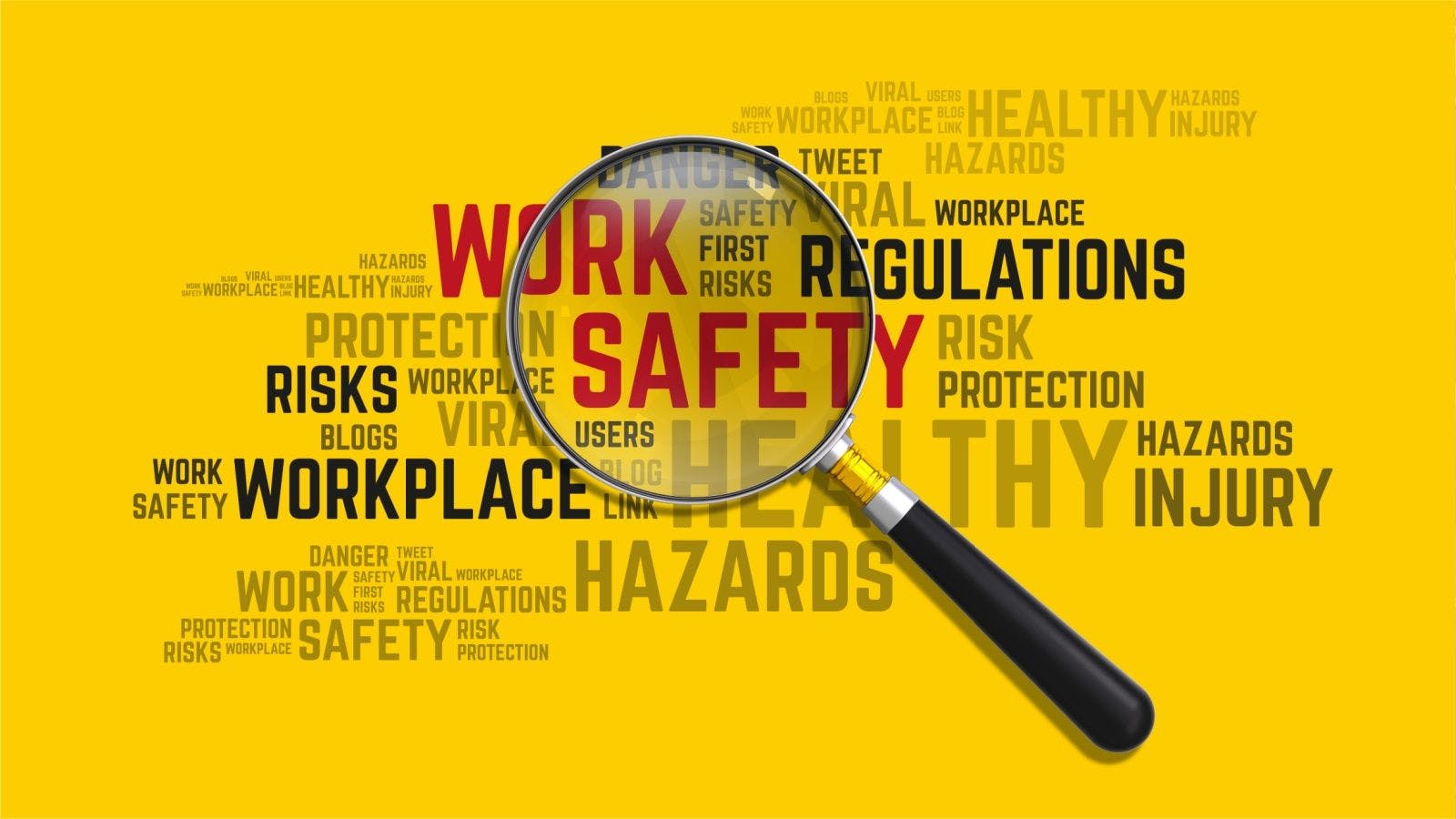
1 Million Work Hours Can't Be Wrong
Bosworth Steel Erectors is a Dallas-based company that in its nearly 30-year history has taken on steel construction and modification for some impressive projects across the country, from the Winspear Opera House in Dallas to Nationals Park in Washington, D.C. And they’ve done all of it with a fierce commitment to safety.
Recently, Bosworth reached an incredible milestone: 1 million work hours over two years, all without a lost-time incident. During that time, Bosworth has worked on 48 different projects in three states, including the National Medal of Honor Museum in Arlington, Texas; terminal additions and renovations at George Bush Intercontinental Airport in Houston; and Texas Instruments semiconductor wafer-fabrication plants in Sherman, Texas.
“It’s a very big process to run a safe project, and it’s not just the men and the women in the field, and it’s not just management and engineering, and it’s not just the safety department,” says Vince Bosworth, the company’s second-generation president and CEO. “It really requires everybody’s best efforts, every single day.”
SITE-SPECIFIC PLANNING
Employing about 250 people, Bosworth works throughout the South and Mid-Atlantic, with a primary concentration in Texas. Immediately after getting rewarded a job, often within days, management starts thinking about safety. That’s because some parts of each project must be completed early on, as steel fabricators need to detail and fabricate components in advance. That also includes estimating, then project management, operations, engineering and safety.
Fabricators will do things like punch holes in beams for tie-off and perimeter protection systems and shop-assembled units and work on erection aids. Engineering then takes over, doing things like analyzing cantilevers, bracing and stability plans, to help avoid major catastrophic incidents during steel erection. Justin Sloan, Bosworth’s corporate safety director, then creates a site-specific safety plan with input from others on the team. From there, a plan goes down to the project’s superintendents, who figure out how to implement and follow the rules.
“Part of the site-specific process is that I review any contracts and documents from the general contractor, the owner’s rep and our own policy to enforce our safety rules, their safety rules and the owner’s safety rules,” Sloan says. “So, sometimes we’ll get a project that has a little more stringent safety rules then we normally do, but we’ll make sure those are incorporated, not only in our plan, but we have them enforced by the guys in the field.”
But the pre-planning doesn’t stop there—or necessarily start there either. Texas’ brutal heat last summer was a major challenge, for example, as tight turnarounds necessitated long work hours. That meant thinking ahead, beginning all the way back in March. The company implemented a heat-illness plan that included everything from taking frequent breaks throughout the day to handing out electrolyte popsicles.
“Maintaining that constant focus to stay safe is difficult,” Vince Bosworth says, “so it really is a testament to the guys that made it through those summer months without having anything happen.”
‘IT CAN BE DONE’
Bosworth says that empowering the company’s site safety reps and forepersons who work hands-on with the ironworkers is a major part of staying safe. Sometimes it also means letting someone go who doesn’t buy in—or providing retraining to get everyone on board. “We demand it,” Bosworth says, “and we feel everybody that’s with us now has really bought into it.”
For Sloan, positivity goes a long way in his work as a safety professional. “Take the time to build a relationship with the guys,” he says. “Safety individuals have a reputation about coming out [to sites] to point out whatever you’re doing bad. Show them that you do see the good things they’re doing. Talk about stuff that is outside of the work scope sometimes—check on their families, check on how they’re doing individually.”
Bosworth also notes that some credit is due upstream, with the contractors and owners with which the company regularly works. “A lot of our success on the safety side is due to them,” he says. “A good contractor gives you a good, safe place to work, with site conditions, lighting, coordination with other trades, good scheduling. We know who we’re going to work for, and we know they’re going to do the right thing. [And] our owners are first-class in developing the culture and putting the money into the site to provide a safe workplace.”
Hitting the 1-million-work-hour milestone was a personal goal for Sloan. “It’s building relationships with the guys over the past years to get them to buy in,” he says. “It’s not only about working safely one day of the week or one hour a day, but doing it every single day of the week. It’s not only watching out for yourself but your fellow ironworker next to you.”
The million work hours proved to Vince Bosworth that, while no lost-time incidents is an aspirational goal every year, “it [actually] can be done.” He adds: “It proved to ourselves and everybody in the company that it is possible, and we don’t need to stop at a million. We can get to 2 million and keep it going.”
Related stories








